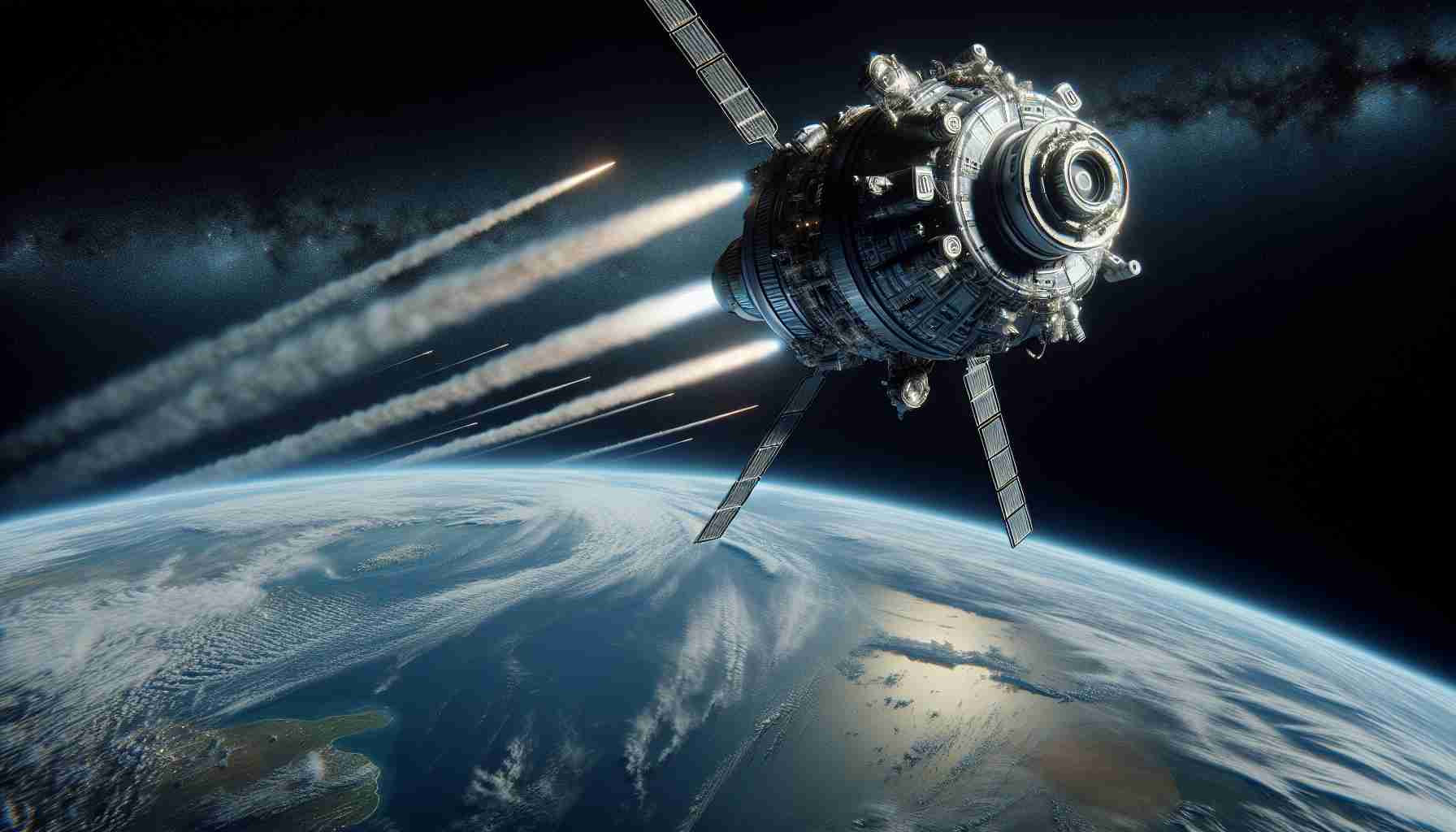- NASA and SpaceX are accelerating efforts to return astronauts Sunita Williams and Butch Wilmore from the ISS due to issues with Boeing’s Starliner.
- SpaceX’s Crew Dragon, known for its reliability, will be used for the return through the Crew-9 mission, moved up to March 12, pending safety approvals.
- Political pressure from figures like President Trump and collaborations between NASA and SpaceX emphasize the urgency and importance of a timely return.
- Technical challenges with Boeing’s Starliner have pushed NASA to pivot to SpaceX for the astronauts’ safe return, showcasing adaptive problem-solving.
- This mission highlights resilience, inter-agency cooperation, and the pioneering spirit associated with modern space exploration.
A race against time unfolds as NASA and SpaceX join forces to bring astronauts Sunita Williams and Butch Wilmore back to Earth sooner than planned. Aboard the International Space Station since June 2023, their initial ride, Boeing’s Starliner, remains grounded due to persistent technical snags. In an unexpected twist, SpaceX’s Crew Dragon takes the spotlight, commandeering their safe return via the accelerated Crew-9 mission.
A New Timeline Emerges
Originally slated for a late March launch, Crew-10’s mission now leaps forward to March 12, pending the final nod from rigorous safety assessments. This strategic pivot leverages SpaceX’s trustworthy Dragon spacecraft, Endurance, renowned for its impeccable track record. Once the new crew reaches the space station, a concise handover will pave the way for Crew-9’s much-anticipated journey home.
Political Currents and Cosmic Travel
Political winds stir as the prolonged mission garners attention from the corridors of power. President Donald Trump has publicly urged the swift return of the astronauts, prompting SpaceX CEO Elon Musk to lend his voice to the urgency, decrying their extended stay. This intensified focus underscores the critical importance of their timely return, a mission now in the capable hands of SpaceX.
The Road Ahead
With technical woes sidelining Boeing’s Starliner, NASA pivots decisively. SpaceX’s Crew Dragon emerges as the heroic chariot, poised to ferry the astronauts home. Against a backdrop of relentless preparation — mission readiness checks and safety evaluations kick into high gear — the countdown to March marks not just their return, but a testament to dynamic problem-solving and inter-agency collaboration.
In the cosmic choreography of exploration, this mission encapsulates resilience, innovation, and the unyielding human spirit. As the stars bear witness, Earth’s newest orbit-bound travelers prepare for their homeward journey, and NASA and SpaceX etch another chapter in spacefaring lore.
Space Race Drama: Unveiling the Secrets Behind NASA and SpaceX’s Astronaut Rescue Mission!
Additional Facts and Insights
1. Boeing Starliner Delay Background: The Boeing Starliner has faced numerous delays primarily due to software and hardware anomalies. Initial test flights revealed issues with the timing of mission events and valve problems, prompting critical software updates and additional safety checks.
2. SpaceX Crew Dragon’s Success: SpaceX’s Crew Dragon spacecraft has been a reliable alternative in recent years, with several successful missions to the ISS under NASA’s Commercial Crew Program. This spacecraft is famous for its safe design and reusable capabilities, which align with NASA’s focus on cost-effective and secure space travel solutions.
3. Sunita Williams’ Spaceflight Experience: Sunita Williams is not new to space missions. She previously served on Expeditions 14/15 and holds records for the longest single spaceflight by a woman at 195 days and most spacewalks by a woman (7).
4. Butch Wilmore’s NASA Career: Butch Wilmore has had a distinguished career as a NASA astronaut. He was part of Space Shuttle missions and served as the Commander of the ISS during Expedition 42.
5. NASA and SpaceX Partnership: The collaboration between NASA and SpaceX has been pivotal in the resurgence of human spaceflight from American soil post the Space Shuttle era. The partnership has strengthened the commercial space sector’s role in NASA’s human exploration missions.
Key Questions and Answers
– Why was the Crew Dragon preferred over Boeing Starliner?
SpaceX’s Crew Dragon was chosen due to its proven track record and reliability, especially in light of ongoing technical issues faced by Boeing Starliner.
– What impact does this mission have on the commercial space industry?
This mission highlights the importance of adaptability and resilience in the commercial space industry, showcasing SpaceX’s pivotal role in ensuring mission success under unforeseen circumstances.
– How does this mission impact future collaborations between NASA and private companies?
It sets a precedent for continued partnerships focused on innovation and problem-solving, encouraging greater private-sector involvement in NASA missions.
Related Links
In the unfolding drama of space exploration, this mission underscores the blending of resilience with innovation. As NASA and SpaceX aim for a seamless homecoming for their astronauts, it’s another milestone cementing their place in the chronicles of spaceflight history.
